
by admin | Aug 13, 2021 | Blog
Commercial Use
It’s a yeast or fungus use commercially to produce statins to lower blood cholesterol. It’s an essential fungus and is use in the form of red yeast rice. The purpose of using red yeast is to maintain the desirable cholesterol levels in people. The red yeast’s active ingredient is the same as in the prescription drug, known by the name of statins used to control high cholesterol.
Monascus purpureus red yeast rice
Monascus purpureus is a rice product that is fermented with red yeast. It contains various hereditary mevinic acids include lovastatin, which is a medicinal product use to lower cholesterol.
Still, it is more referr to by its name monacolin when it is found in red rice.
Monacolin is also responsible for lowering the activity of the extract RYR. China and its neighbor Asian countries also use this product as a portion of food & medicine.
Benefits of Using Monascus purpureus
- This product is used as a medicinal food that helps to improve blood circulation by decreasing the triglyceride levels & cholesterol in the blood.
- This product became popular because of its natural statin properties. This dietary supplement also contains various amounts of natural monacolins resulting from different product strains used in fermentation. These are some more benefits below.
Some additional benefits :
- Promote heart health
- Best for inflammation
- Improve blood sugar levels
- Reduce risk ok Metabolic syndrome
- Reduce cancer risk
Relationship With Monascus Red
Likewise, other natural pigments, monascus spp cannot be use solo for various types of food products just because of the sensitivity of their physical parameters. So by a traditional method, pigment production engages where the fungus has grown on the steamed rice.
- Red fermented rice production is a mixture of monascus purpureus & yeast.
- The Monascus spp. Crash the starch in rice to simple sugars, while yeast continues the breakdown process converting it to alcohol.
- The fungus ferments in rice development of mycelium, unless a crimson pigment spread the grain ultimately. This provides the merchandise with a characteristic red colour.
- The red-coloured rice was later converted to powder and used as a colouring agent.
Monascus Red Natural colour
We offer many of our products to our customers, but the best one
in natural red is monascus red.
It is the king of natural red colour because of its tremendous
health benefits. Monascus red is species of purplish-red colour.
It also has another name, like red yeast pigment, rice kernel discolouration, monascorubrin, corn silage, etc.
Characteristics :
- E100
- It is a Water-soluble pigment
- Red rice starter
- Red Kojic
- KFDA NO.94
Application :
You can use this pigment in the following foods :
- It can be use in the Wine
- Candies
- In a Cooked meat
- In Bean curd
- Can be use in Ice cream, Popsicles, Jellies
- Puffed food, Pastries, Jam colouring
- Also use in Medicine & cosmetics as a colouring agent
To send us inquiries regarding Monascus Red natural colour, please visit page Monascus Red.
To learn more about natural colours, visit Santacolor.

by admin | Aug 6, 2021 | Blog, Natural Color
There are various types of natural colors from different sources. But choosing the right color for your product seems to be difficult. For your ease, we have broken down the key factor which will help you to choose the right color for your product.
Ways to Choose Colour
Flavor:
Flavors play a vital role to guide you on what natural color you should choose. For Instance, if you are going with lemon flavor, turmeric curcumin , safflower yellow, Gardenia yellow are the best yellows for your product because they provide very bright yellow colors. But If you want to have pineapple or mango flavor, beta-carotene or annatto are the best options for you because they provide because they give more orange or more golden yellow colors which attract consumers even more.
Heat:
If your product goes through the heat procedure like HTST, pasteurization, baking, or maybe extrusion you should choose a heat-stable natural color in that case. Many natural colour have the ability where they can resist heat. Such natural colors are anthocyanins, carmine, beta-carotene, annatto, turmeric, copper chlorophyllin & carbon black & caramel colors as well, Natural brown & burnt sugars.
How to avoid colors being fade by heat
Colors that fade away with heat are mostly beet root red & Chlorophyll. For such cases, you can add more colors than you need upfront to avoid them being fade. But probably you want to avoid both of them.
Light :
Likewise, heat, some of the natural colors execute better with light exposure than others. You should avoid Paprika & beet red if your packaging is clear. You should also avoid Chlorophyll because it is not suitable for light. If you are trying to make a blue product you should use opaque packaging to protect the integrity of the color because the hue has limited options.
Interaction with other ingredients:
You should be very careful regarding ingredient interactions because if your product contains an emulsifier, you must check that whether the natural color formulation is even compatible with the other ingredients or not. Avoiding it may result in a broken emulsion. You should also be aware of vitamins & minerals because they can cause fading of the natural color in the final product.
pH-sensitive Colour :
You must also be
aware of ph-sensitive colors. Natural colors like red, purple carrot &
elderberry are those natural colors that are sensitive to pH. It means that the
shifting of the hue depends on the pH of the application they are in. If you
are working with a beverage or a confection at a low pH it will appear red, but
if you use a higher pH, it will turn purple-y blue.
Spirulina is also pH sensitive color. It works better between pH 4-7. Mostly other natural colors are stable with a wider pH range but hardly one or two will work in a pH under 2 like soda concentrates.
To know more about the natural pigments click this link now Santa color

by admin | Jul 29, 2021 | Blog, Natural Color
Various factors affect the natural colour stability. We test the natural colours because it ensures the processing formulation & packaging solutions are whether robust and validated or not
Today we are going to share how we can test stability for heat, light and acid.
Heat Stability
It’s essential to
know the heat stability of the natural colours before we use them in food like
bakeries, beverages, confections, extruded products where the colour will be
put through high temperature or periods of extended heat.
- There are various ways we can test the stability of heat for different applications. Usually, we can determine the stability of colours by incubating the colour at the same time and when temperature is close to the customer’s application.
- Colour is measure with a colourimeter before the test and after being put through the heat process.
- Colour must remain vibrant throughout the manufacturing process as well as the product shelf life.
- That’s why we test our colours to ensure they stay stable at different temperatures or not.
- We start by preparing multiple samples in the application; in this example, we’ll use beta carotene in beverages then we will measure the hue using a colourimeter. This measurement will serve as our baseline.
- We want the colour to remain as close to this measurement as possible throughout the heat test. Once we have our baseline, we start the test.
Test
- Multiple samples of the same beverage are store at different temperatures. One is refrigerating at four degrees Celsius, one is at room temperature at 20 degrees Celsius, & one is put in a hot box at 32 degrees celsius each week during the test.
- We measure the colour of each sample to see if there have been any changes at the end of the test.
- We take a final reading and compare it to the baseline from the
start of the test as you will see the before and after readings are highly
close, meaning the colour remains consistent throughout the test at all three
temperatures.
Light Stability
- It is the most commonly request test from the customers because customers want to know whether their product will retain the initial vibrancy.
- The light stability test is a real-time test when the final packaging happening under the same lightning. For instance, Cool white UV, DE65 artificial sunlight under which the product will be store.
- Under such conditions, when we have accurate and precise measurements using either a spectrophotometer can track the colour change.
- And if due to some reason, real-time testing is not possible, maybe because of short development, accelerated light testing is done using high-intensity light.
Acid Stability
- So It’s another commonly request test from customers. It is generally specific to customers and applications where pH, temperature, & even time profile are particular to the application.
- In this test, we add natural colours to the solutions at a range of pH levels where colour is measure for a specific time; if the colour is not faded, we consider it has good acid stability.
- However, another stability test like alcohol, salt, flavour depends on specific customers’ requirements.
To even learn more about natural colour, click here SANTACOLOR.

by admin | Jul 24, 2021 | Blog, Natural Color
Vegetable carbon (activated charcoal) is a natural black powder obtained from the green bamboo & it is refined from the high temperature of the carbonization process. This natural colour is used as a food colour additive or a food supplement.
Vegetable carbon contains various health benefits & may use to prevent multiple diseases. This natural pigment provides a unique black colour to the foods.
Black ice cream is trendy because of its unique black colour & fantastic taste.
Ice cream is made of the activated charcoal pigment. We know some people recognize this pigment that has detox ability that doctors use in hospitals and emergency rooms for poisons and toxins.
Still, this black ice cream made of activated charcoal gets most of the attention because of how it looks. Even if it seems intense colour-wise, it’s reasonably mild with a taste like a coconut & vanilla. Keep in mind the average amount use for vegetable carbon for a day is 20-30g don’t exceed its limit
Remember to add coconut ash (activated charcoal) in a controlled amount because exceeding the limit may result in undesirable health effects. Consuming activated charcoal when taking over the counter vitamins or drugs can make drugs or vitamins ineffective.
According to research, this natural pigment helps to kick out the bad toxins from the body & when we use this pigment in ice cream, it not only gives an ice cream a unique colour, but it also boosts your energy & very good for your skin as well. This natural pigment also works as a filter, and if you want to drink clean water, add some charcoal in the filtration system to remove any toxic.
Uses of activated charcoal
You can use activated charcoal in
- Food
- Coconut ash ice-cream
- Lemonades
- Pizza crust
- Boozy cocktails
Activated charcoal will give an intense black colour to these foods as your cold dark soul
Top Brands Black ice cream & Benefits of carbon black
Carbon Black is famous for its digestive health benefits people with digestion issues; this natural pigment can help them relieve indigestion. Regarding black ice cream, many well-known brands are selling out their black ice cream in the world. Some of them are:
Morganstern’s Finest Ice Cream (Rivington St, New York)
Demi Concept ( Thailand)
Ca Lem Creamery ( Canada)
Glacier Vanille Noir (Marseille, France)
Tim & Tim Ice Cream (Moscow, Russia)
HOW TO MAKE BLACK ICE CREAM
We will guide you on making black ice cream; the recipe to make black ice is quite simple. It would help if you had few things to make black ice cream. You will need
Two need cups of cream with ½ cup of activated charcoal ( coconut ash)
Two tablespoons of zest with 850 ml of coconut milk.
Two tablespoons lemon juice & 2 tsp of vanilla extract
Once all of these are available, add ¼ cup of cream and activated charcoal to a glass. Beat it gently to set the mixture. Then use a separate bowl to mix lemon juice and condensed milk, then add some amount to lemon zest as described earlier in order to increase the lemon flavour.
Once all of these are available, add ¼ cup of cream and activated charcoal to a glass. Beat it gently to set the mixture. Then use a separate bowl to mix lemon juice and condensed milk, then add some amount to lemon zest as described earlier in order to increase the lemon flavour.
Before proceeding to the last procedure, add vanilla extract & the remaining activated charcoal ¼ cup into the mixture and mix it well. In the end, add both mixtures into the load pan and freeze overnight. You are ready to serve tasty and black ice cream.
To know more about Vegetable carbon click here SANTACOLOR

by admin | Jul 16, 2021 | Blog, Natural Color
Vegetable carbon black is a food additive. It’s an odourless black powder that is rarely used alone in food.
It is suitable for particular varieties of sweetmeat like ice cream, desserts, bakery products, cheese coating, decorations, etc.
Legal no & registry
Legal
No (E 153), CAS Registry Number 7440-44-0.
Not Approved By FDA
FDA is food & drug administration in the US, and they are accountable for protecting the public’s health, ensuring their safety & security. The reasons are below why they didn’t approve carbon black in the US yet.
No regulation on activated charcoal
- FDA does not allow restaurant’s & cafes in the US to serve food having “Activated charcoal” in it.
- They says that there are no regulations yet regarding activated charcoal as a food or colour additive to be added to food.
- FDA says that qualified experts are required to recognize that the use of activated charcoal in food is safe.
- Before the FDA makes their official approval & decision.
- Though charcoal is entirely safe & Europe, Australia & many other countries are using it as a food colouring agent.
- With the help of activated charcoal,
- Not only poisonings like food & others is treateable.
- But it is very beneficial for
- Reducing intestinal gas, low cholesterol levels, preventing hangovers, treating bile flow problems during pregnancy.
- Although some US agency batches also certify that the use of this vegetable carbon natural colour is safe as a food additive or food colouring agent.
- But US district laboratories need qualitative analytical
- They want to know ways to determine
- That the presence of activated charcoal in the vegetable carbon black is safe before they officially approve the use of this pigment is entirely secure.
Trends & Scientific Opinion
- European Food Safety Authority (EFSA) deliver a scientific opinion regarding vegetable carbon (E 153) as a food colouring substance.
- European Food Safety Authority ( EFSA) says that carbon black is evaluated by the SFC in 1977-1983
- The SFC concluded by the use of vegetable carbon black is completely safe & could be used in food.
- It becomes a trend in Europe & other countries to serve this food pigment in beverages
- Like juices, ice cream, cake, desserts etc.
- Vegetable carbon black contains 1.0/kg of residual carcinogenic, which is entirely safe and not of safety concern.
- Vegetable carbon black is authorize as a food additive in the EU by the scientific food committee in 1977.
- And by the Joint FAO/WHO Expert Committee on Food Additives (JECFA) in 1970
AUTHORIZING CARBON BLACK IN US
These were some back clashes regarding vegetable carbon black & its approval by FDA.
Definitely in future, we can expect that FDA will approve the use of this vegetable carbon black natural colour because of its benefits.
Kindly visit our site to learn more about Natural Pigments. SANTACOLOR


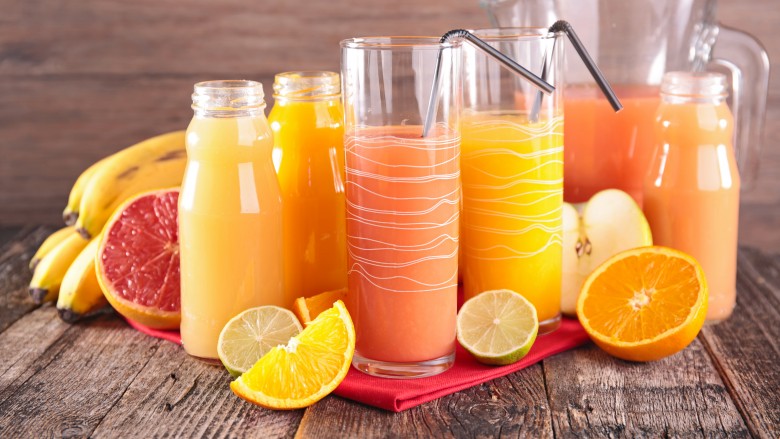
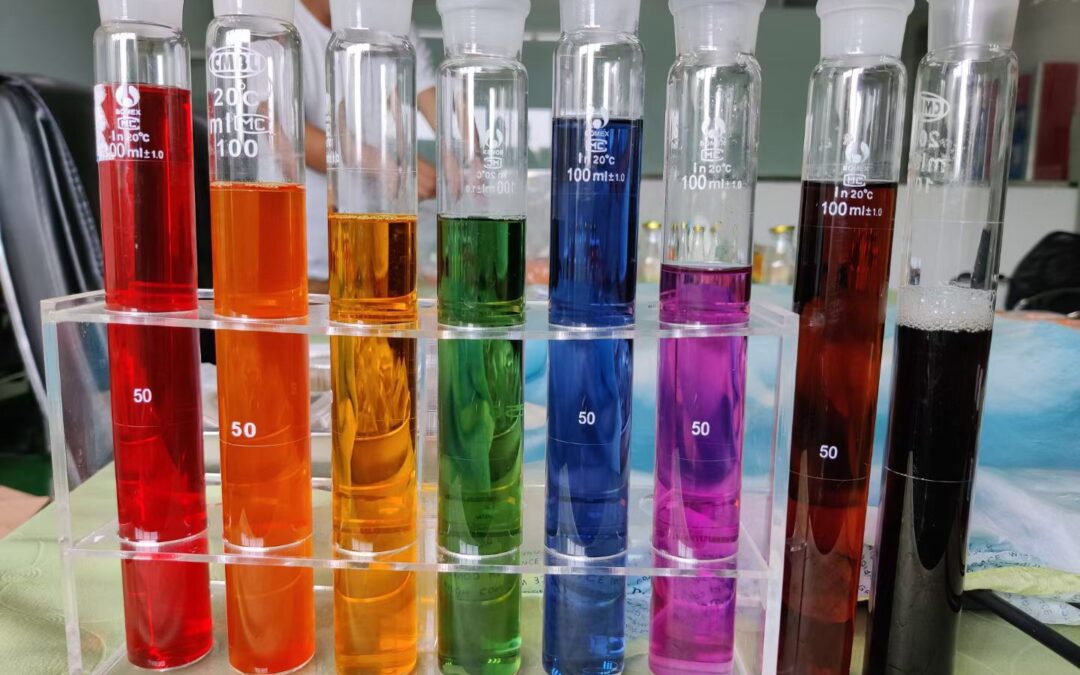
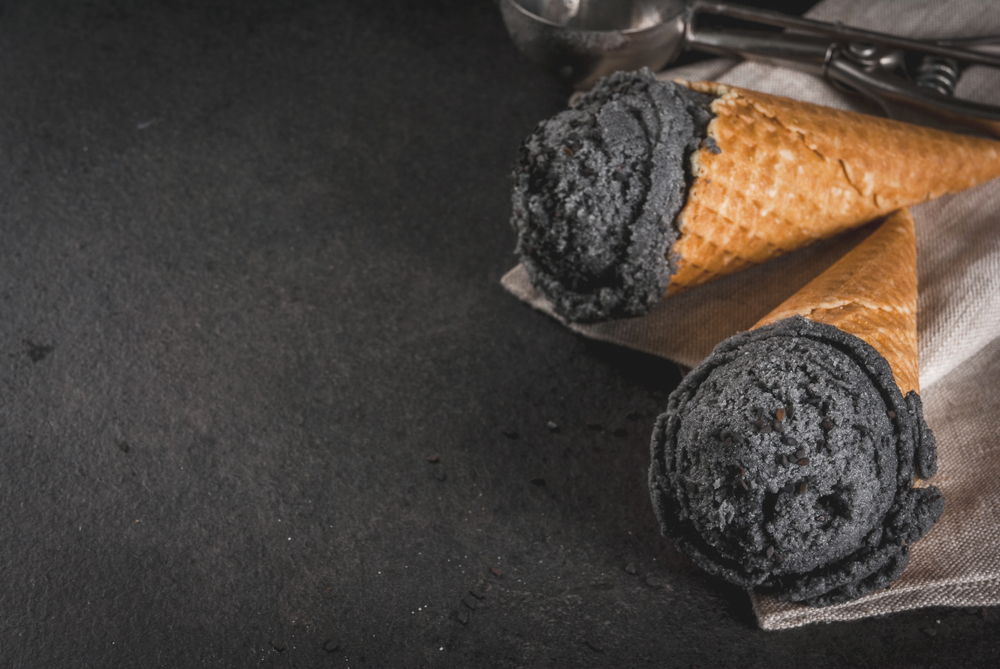





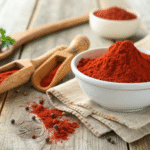
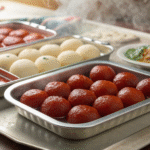
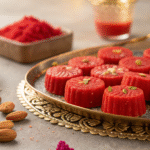
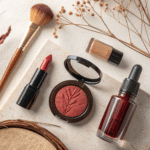
Recent Comments